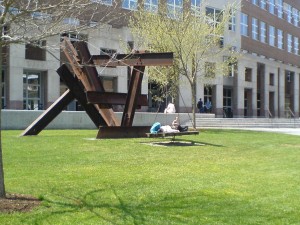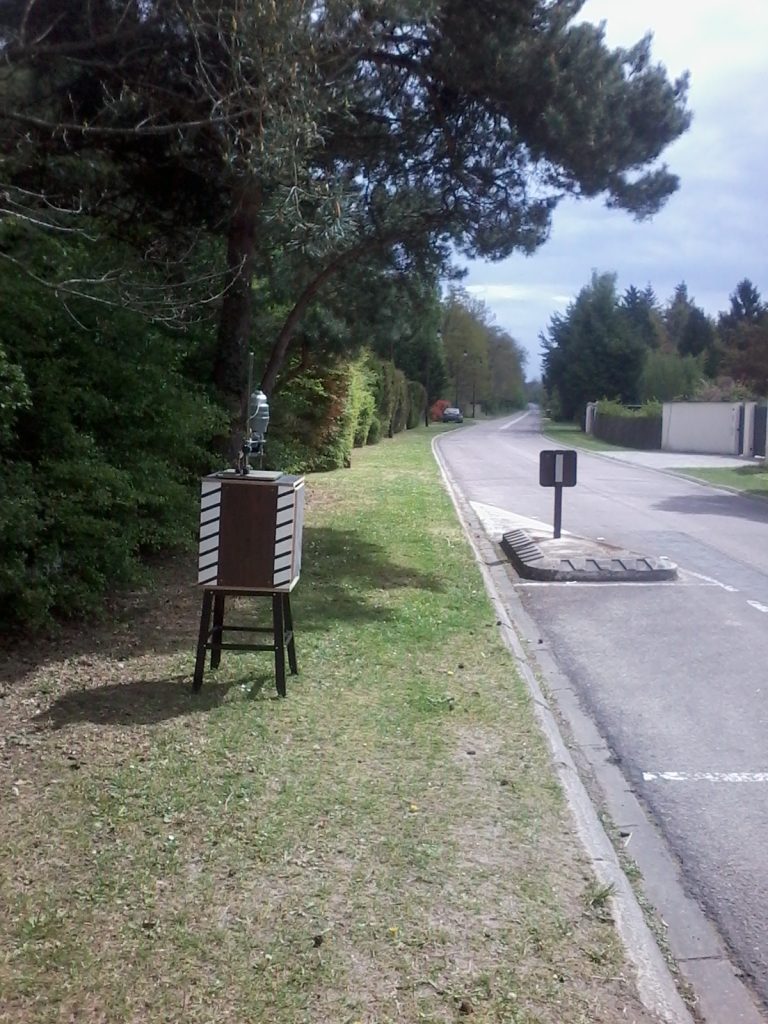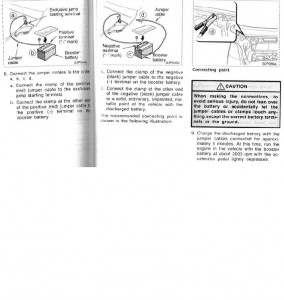We somehow do not like people who sleep in some public places (the street, workplaces, libraries, shops) during office hours. Sleeping is (somewhat) tolerated on public transportation and in some designated hours and times, such as on benches in a public park. This is partly a time issue, partly a space issue. You may stigmatized if you told your colleagues that you went home for an afternoon nap (here no public space is involved). Some societies are more tolerant than others about this. Homeless can only sleep in the street, and still we do not seem to like it, as if they were doing something wrong.
There are documented advantages of sleeping. For instance, sleep is extremely important for memory sedimentation. No clear disadvantages are associated to it, unless perhaps if you just sleep too much. Sleep disruption causes problems. In some cases sleep is just a brute necessity. Your body knows better, and drivers may fall asleep suddenly and dangerously if they do not get enough rest. You maybe less efficient and make poor decisions if you are at a meeting and need some sleep. A suggestion: when driving long distance, do drink a lot of water. This will force you to stop more often than your weak will wants you to.
An interesting design challenge is thus: enhancing the acceptability of public sleep.

Sleeping devices, like sleeping bags or mattresses, require some arguing. Conceptual artist and designer Ugo La Pietra designed Commutatore (1970), a foldable plywood machine that can be carried around and deployed for momentary rest. The artlike aspect of the machine helps underlying the performative component of sleeping in public.
Parisian buildings used for a while a sleep-unfriendly design, disguised as Zen stone gardens. We’ll talk about this another time.




